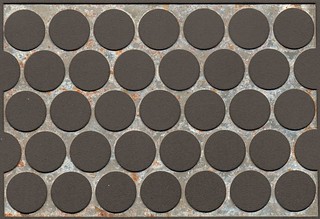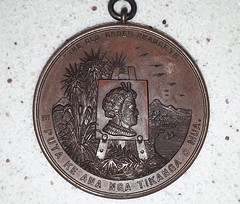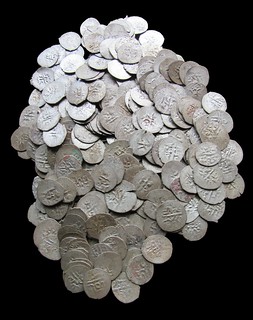
PREV ARTICLE
NEXT ARTICLE
FULL ISSUE
PREV FULL ISSUE
NOTES FROM E-SYLUM READERS: DECEMBER 8, 2019More on the Steel Cent Webbing
Regarding Tom De Lorey's piece about the steel cent webbing, I wrote a column on this subject for The Numismatist that references his comments. It ran in the August, 2015 issue, and it's also reproduced at the NGC website. Thanks - here's an excerpt and link to the article. -Editor
To read the complete article, see:
To read the earlier E-Sylum article, see:
Anton Teutenberg and the South Island of New Zealand
I'm always amused at what happens to the names of our two largest islands when they're mentioned by folks from other places. The English, for some reason, tend to refer to them as simply "North Island" and "South Island", whereas here they'll always take a definite article: "the North Island", "the South Island". Seeing "the Southern Island" in the quote below is a new one for my list! It's also a little ambiguous when used this way, because there's a third main island that's further south still - Stewart Island, which differs from the other two in not needing a "the", as well as being considerably smaller. (I can hear the voiceover from the opening credits of "Soap" in my mind at this point: "Confused? You will be ...") "In 1861, gold was discovered in Otago in the Southern Island of New Zealand, touching off a gold rush that drew miners from as far away as California. Rumsey was one of the many Australians who would pull up stakes and head for the gold fields of this island colony." Auckland's Supreme Court building has another numismatic connection. -Editor Jim Duncan of New Zealand writes:
Attached is an image of one of his better medals and a fee-gratis genuine Gargoyle. I had the privilege of co-authoring a book on Teutenberg's medallic work, but the stonework gets a mention too. 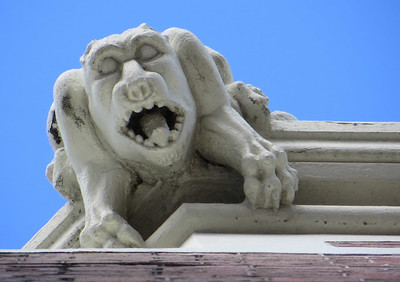 Thanks, everyone. -Editor To read the earlier E-Sylum article, see:
Query: The Sign of the 8
I, too, have puzzled over the significance of "Sign of the 8." Some time ago I found this ad on newspapers.com. It's for a business other than the one on the store card. I don't remember exactly when or where I found it. Or perhaps someone sent it to me. 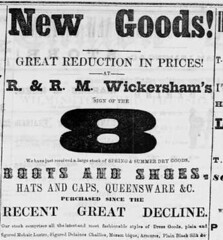 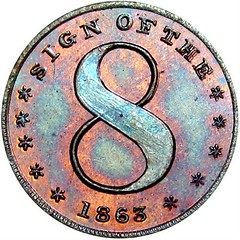
Wickersham ad and Preston Civil War token Scorpio is the eighth astrological sign in the Zodiac, but that may have nothing to do with this. If multiple merchants used this phrase there must have been some commonly understood meaning at the time. Can anyone help? -Editor To read the earlier E-Sylum article, see:
Tiffany Medals
Tiffany also was a prolific medal producer, with many in gold and silver. To read the earlier E-Sylum article, see:
Request for Assistance: Billon Beshlyks Issued by the Giray Khans of Crimea
I am finishing up an article about a possible hoard of mid-eighteenth century billon beshlyks issued by the Giray Khans of Crimea. I would love to have someone who is knowledgeable on the subject have a look and basically fact-check what I have written and see if there are any errors, especially in attribution. These coins are notoriously hard to pin down due to the crude strike and having a second pair of eyes on it would be quite helpful before I try to have it published. If anyone is willing to have a look and provide feedback, they can contact me at my email address. Proper credit will be given. Can anyone help? Eric's address is eschena@hotmail.com -Editor 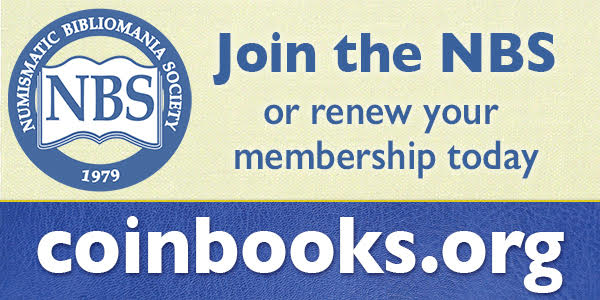 Wayne Homren, Editor The Numismatic Bibliomania Society is a non-profit organization promoting numismatic literature. See our web site at coinbooks.org. To submit items for publication in The E-Sylum, write to the Editor at this address: whomren@gmail.com To subscribe go to: https://my.binhost.com/lists/listinfo/esylum All Rights Reserved. NBS Home Page Contact the NBS webmaster 
|
